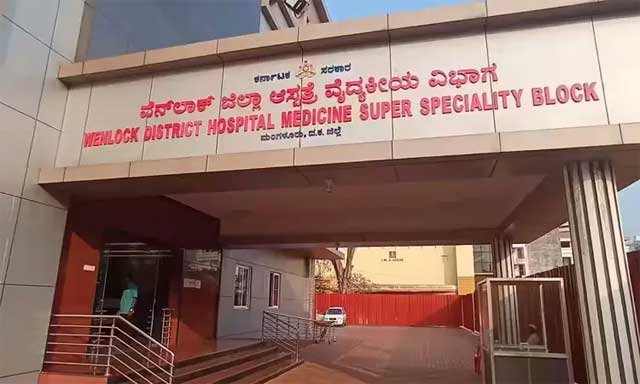Daijiworld Media Network - Mangaluru
Mangaluru, Sept 4: The state government has turned down the long-pending demand to upgrade Wenlock Hospital in Mangaluru to the status of a regional hospital.
Every year, nearly 30,000 patients receive treatment at Wenlock. The hospital has already been upgraded in terms of infrastructure, and there has been a consistent demand that it be declared a regional hospital to serve neighbouring districts. However, the state government rejected the proposal, citing the absence of guidelines to convert a district hospital into a regional one. It also clarified that Wenlock already has the necessary facilities and that no additional benefit would arise from granting regional status.

With a history of 167 years, Wenlock is not limited to Dakshina Kannada district alone. Patients come from eight surrounding districts and even from Kasargod in Kerala. The hospital has become a model for government healthcare across Karnataka, offering modern treatments and facilities free of cost to the poor, similar to private hospitals. The issue had been discussed in Karnataka Development Programme (KDP) meetings, and coastal legislators had also drawn the government’s attention to it.
MLC Ivan D’Souza said that the demand to declare Wenlock a regional hospital had been placed before the government. “The government has said there are no such guidelines. But we have requested them to amend the rules and accord Wenlock regional hospital status. Efforts are on, and we are hopeful of an announcement soon,” he said.
Staff shortage at Wenlock
Along with the demand for regional status, there have also been calls to address the staff shortage. Out of 618 sanctioned posts, only 194 are filled, leaving 424 vacancies. At present, 195 outsourced Group D workers are managing duties.
What would regional status bring?
If Wenlock is declared a regional hospital, it would become the central referral point for neighbouring districts. Administrative responsibility would be handled by KAS-rank officers. The recruitment of specialist doctors, nurses, and staff would nearly double. Facilities such as beds, oxygen supply, and ICUs would be further enhanced.